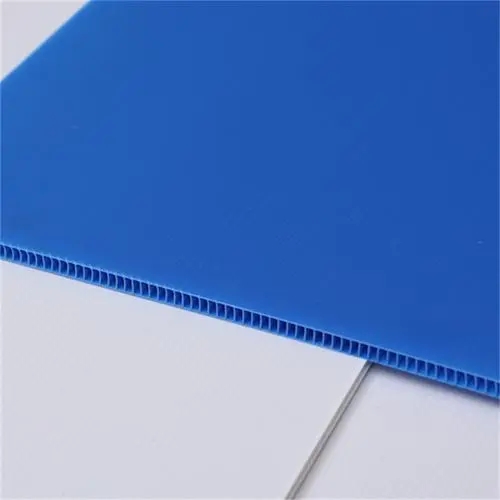The specifications and sizes of plastic corrugated panels vary according to their use, origin and manufacturer, and there are many different specifications. The following are some common plastic corrugated board specifications for your reference:

1, according to corrugated height and wave distance classification:
A-type corrugated board: the height of the tile peak is 8mm, and the wave distance is 76.2mm.
C-type corrugated board: the height of the tile peak is 25mm, and the wave pitch is 205mm.
V-shaped corrugated board: the height of the tile peak is 10mm, and the wave distance is 200mm.
U-shaped corrugated board: the height of the tile peak is 5mm, and the wave pitch is 130mm.
S-type corrugated board: the height of the tile peak can reach 80mm, and the wave distance is 202mm.
2. The common sizes classified by width are:
A corrugated board with a conventional width of 920mm and 1020mm.
B corrugated board with conventional width of 840mm.
The conventional width is 910mm, 900mm, 875mm C corrugated board.
E corrugated board with a conventional width of 1200mm.
3, other common specifications and sizes include:
Corrugated board with length of 1800mm, 1500mm, 1200mm, etc., width of 1200mm, 900mm, etc.
The standard size of single-layer corrugated board is 1180mm×810mm, 1290mm×900mm, etc.
The standard size of double corrugated board is 1190mm×830mm, 1300mm×920mm, etc.
In addition, there are some specific types of corrugated panels, such as:
A Watt: The peak height is 5mm and the wave distance is 20mm.
B Watt: The crest height is 3mm and the wave distance is 20mm.
C Watt: Wave crest height is 4mm, wave distance is 12.5mm.
E Watt: the crest height is 1.6mm and the wave distance is 2.5mm.
4. Classification by thickness:
The thickness of plastic corrugated panels is also diverse, usually ranging from 1mm to 10mm, depending on the manufacturer and use. In general, the larger the thickness of the corrugated board will also increase in size to provide better bearing capacity and resistance to pressure.
It should be noted that due to different manufacturers and product uses, the specifications and sizes of plastic corrugated panels will vary. Therefore, it is best to determine the most appropriate size according to the specific needs and actual application scenarios when selecting. At the same time, it is also necessary to consider the cost, weight, bearing capacity and other factors for comprehensive consideration.